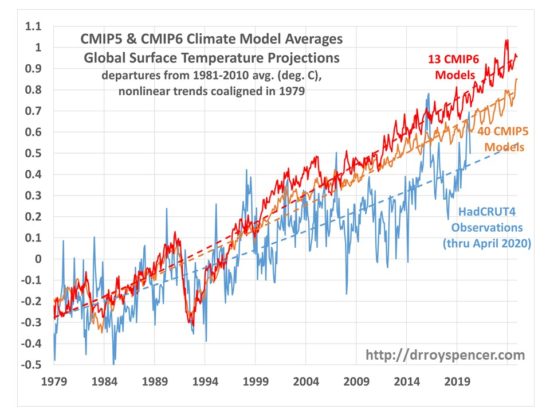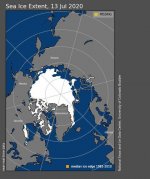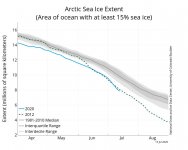carbon dioxide, which is blamed for climate warming, has only a volume share of 0.04 percent in the atmosphere. And of these 0.04 percent CO2, 95 percent come from natural sources, such as volcanoes or decomposition processes in nature. The human CO2 content in the air is thus only 0.0016 percent. Jan 25, 2018
i thought you asked.
and the 97% was not of all scientists. it was 97% of the accepted papers supporting the global warming narrative who received grant monies from the NGOs set up to further that narrative. there were actually only about two thousand respondents to the online survey that they use to produce that 97% figure. some weren't even scientists but grad students working toward their thesis'.
i thought you asked.
and the 97% was not of all scientists. it was 97% of the accepted papers supporting the global warming narrative who received grant monies from the NGOs set up to further that narrative. there were actually only about two thousand respondents to the online survey that they use to produce that 97% figure. some weren't even scientists but grad students working toward their thesis'.













